
Butterfly Transect 2023 done by John, Jess and Lily
From April until September, for 26 weeks, we conducted a Butterfly Transect in Shrewsbury Park. We wanted to find out which species of butterflies inhabited the Park and what their abundance was. We followed the approved methodology used by Butterfly Conservation and submitted our results to the United Kingdom Butterfly Monitoring Scheme (UKBMS) which has been conducting organising surveys since 1976 and now correlates over 2,000 nationally
We conducted this survey so that we could gauge the success of our mowing program, assess the effects of different habits on butterfly populations, provide a baseline for future surveys and to avoid having to rely on anecdotal observations. Butterflies are referred to as “indicator species”. They are relatively easy to observe and identify and their success can indicate how other invertebrate species might be fairing. This in turn might indicate how the rest of the ecosystem’s food web is being served and how diverse the habitats and ecosystem of the Park are as a whole.
We submitted our route to UKBMS, and it was approved. It consists of ten sections, of approximately equal length, covering as many habitats as possible. The conditions when the butterflies are active are crucial for a representative count to take place so the best day and start time was chosen each week. The recorder(s) walk at a steady pace observing
butterflies up to 2.5m either side and 5m in front. It is acceptable if the conditions require it to observe just to one side up to a distance of 5m. Butterflies that could not be positively identified were discounted, but because it is so difficult to distinguish between Small Skippers and Essex Skippers they can be recorded together. In addition observations of the weather conditions were taken.
The Route
Sections
1) Edge of mature woodland, hedgerow of bramble, alder and oak.
Mown grass fringe.
2) Hedgerow adjacent to Ashridge Crescent. Isolated trees, rough grass
verge, brambles and thistles.
3) Regularly mown playing field.
4) Field. Managed mowing, once in the autumn. Variety of flowers and
grasses.
5) Edge of woodland, path through woodland, hedgerow on Dot Hill
lane. Oak, Blackthorn, Hops and other plants.
6) Path through “Old Allotments”. Mix of woodland trees and garden
trees. Brambles with some open spaces.
7) Footpath from Upton Road. Hawthorn hedgerow, immature mixed
woodland and brambles.
8) Continuation of Dot Hill lane. Hedgerow of mixed plants and trees.
9) Field. Managed mowing, once in the autumn. Variety of flowers and
grasses.
10) Woodland path and hedgerow next frequently mowed “lawn”

Inferences.
Shrewsbury Park is probably the best park in Greenwich to observe butterflies. The policy of restricting mowing in two of the three fields has resulted in an increase in the number ofspecies of butterflies, and species of wild flowers. The abundance of meadow dependent butterflies has rocketed and overall the population abundance is above the average of Inner City London parks. It is probable that other invertebrates have also benefited and the diversity of habitats is resulting in an increase in species diversity making the Shrewsbury Park ecosystem a very special wildlife refuge.
Sample Record Sheets
Week 1

Week 16


Cumulative Results
1) All butterfly species and their abundance over the 26 weeks. The section results have been merged.
NB. The green shading indicates the flight periods of the species during a “normal” year. Species marked with * hibernate over-winter, so the same individuals might be seen in the autumn and the following spring.
Some species have only one brood in the year, others two or sometimes three.


NB. There is a natural drop in numbers in June as the butterflies that emerged in the Spring die and the Summer generation has not yet emerged.
Total Number of Individuals of Each Species Found in Each Section Throughout the Observation Period
A graph for section totals goes here eventually -tbc


Butterflies of Shrewsbury Park
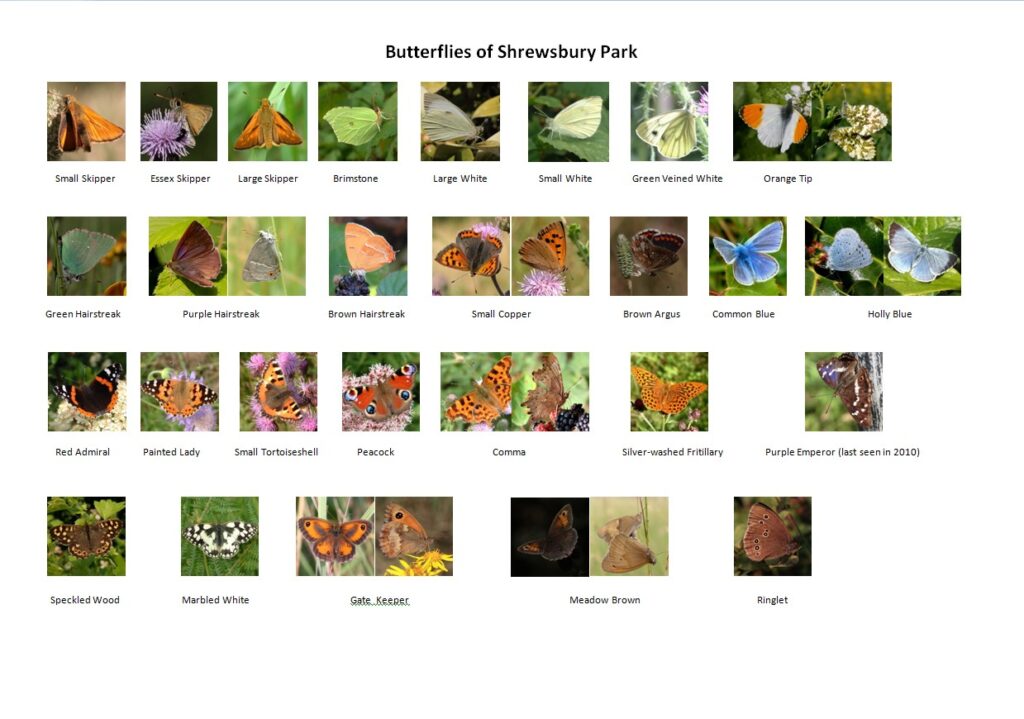
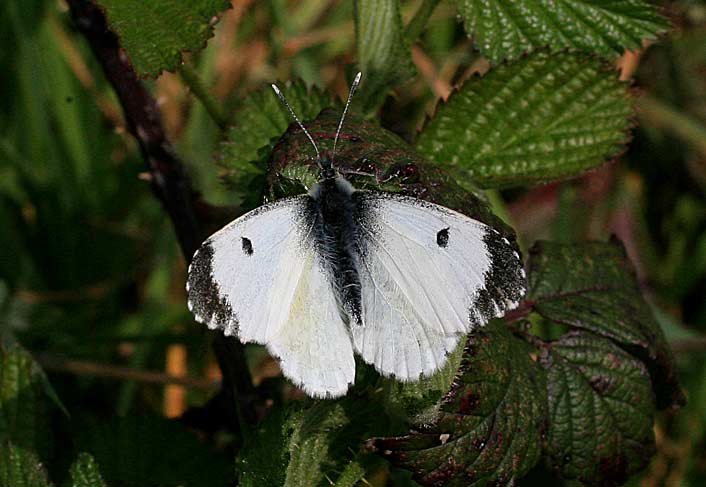
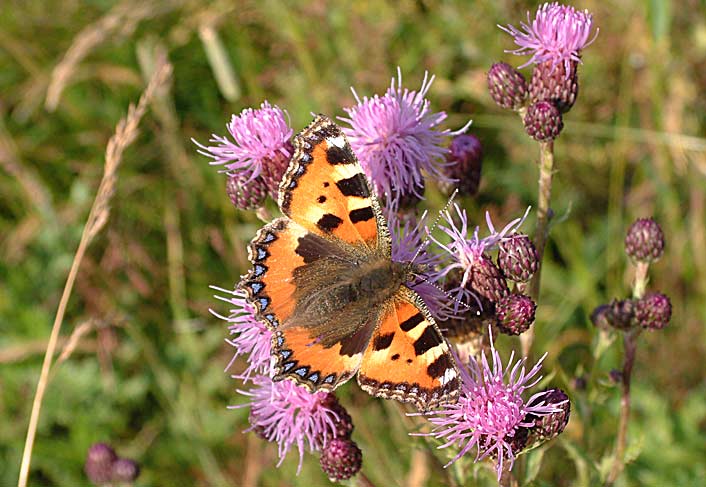


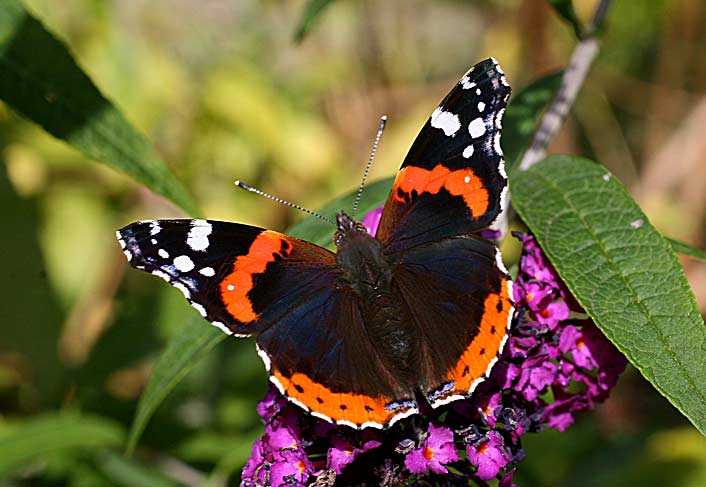


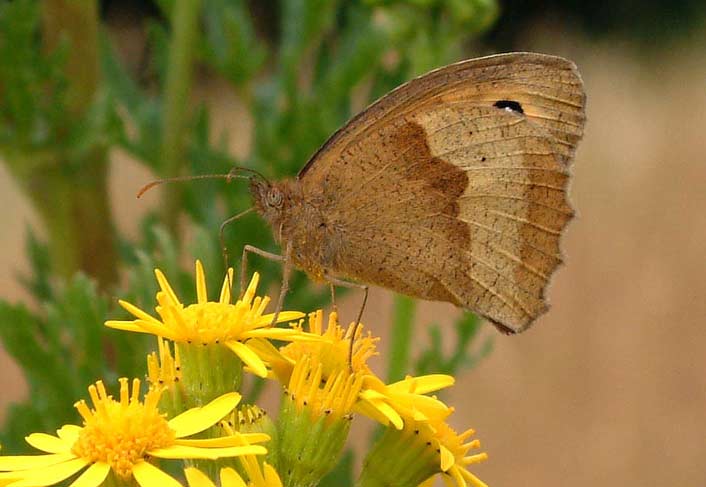
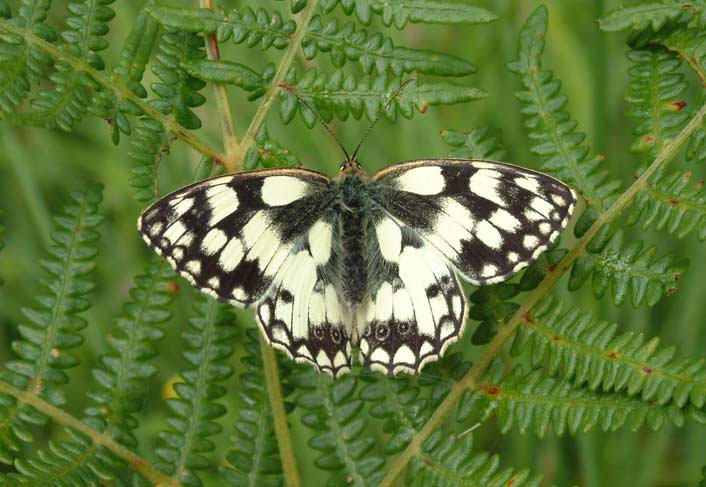


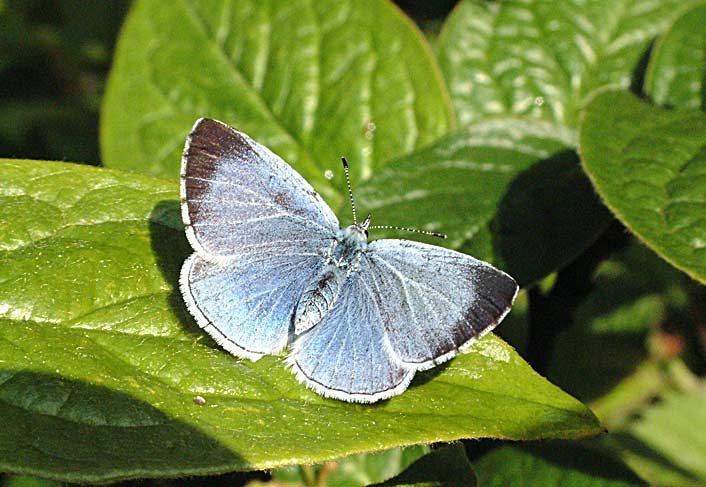
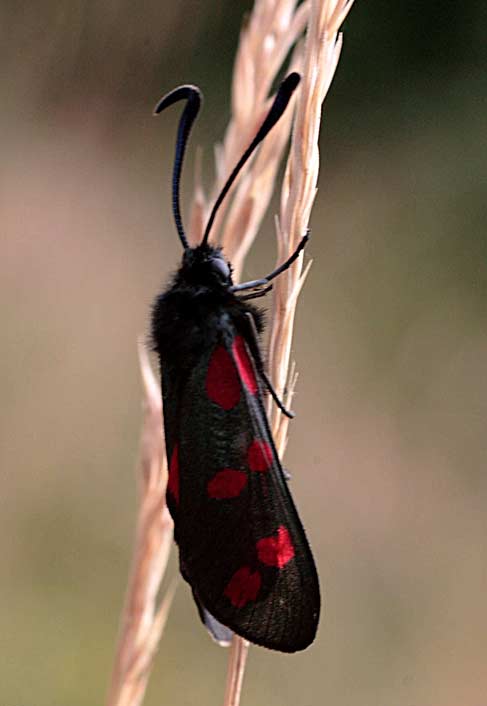
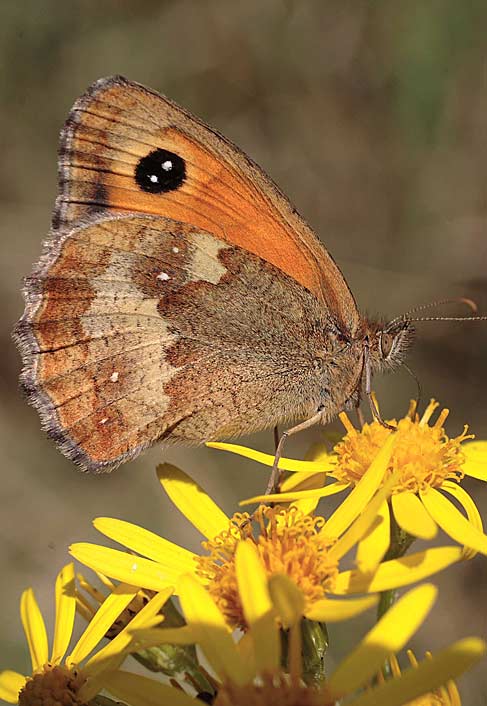
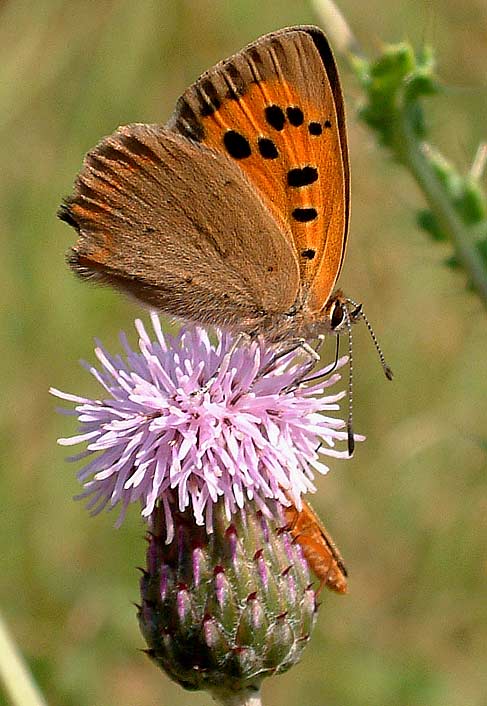
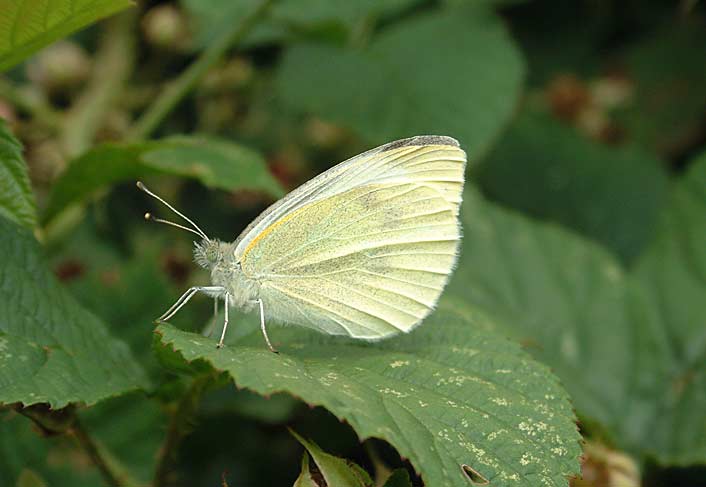
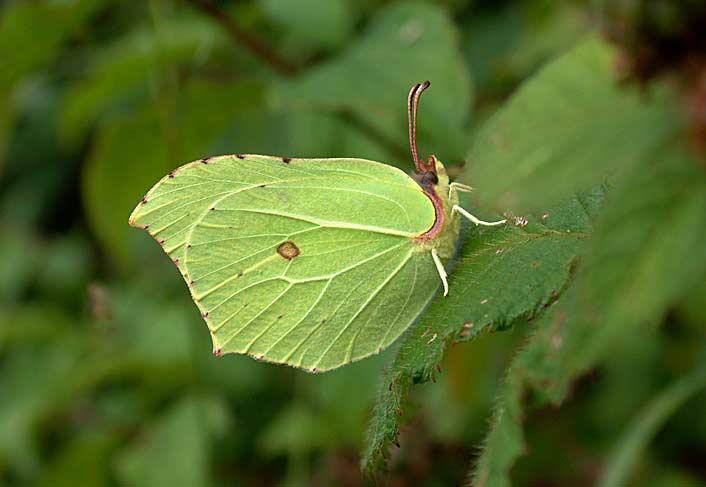

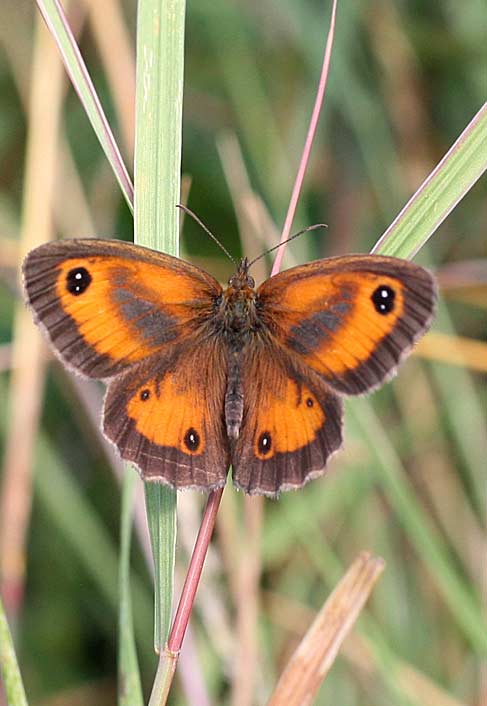
Inferences
Shrewsbury Park is probably the best park in Greenwich to observe butterflies. The policy of restricting mowing in two of the three fields has resulted in an increase in the number of species of butterflies, and species of wild flowers. The abundance of meadow dependent butterflies has rocketed and overall the population abundance is above the average of Inner City London parks. It is probable that other invertebrates have also benefited and the diversity of habitats is resulting in an increase in species diversity making the Shrewsbury Park ecosystem a very special wildlife refuge.

